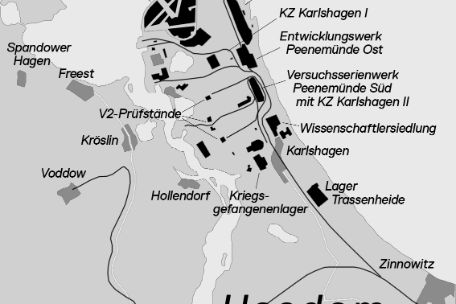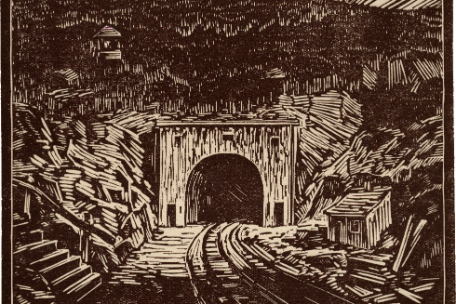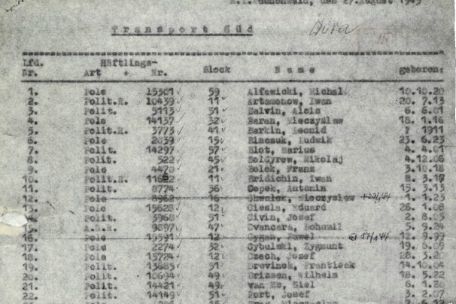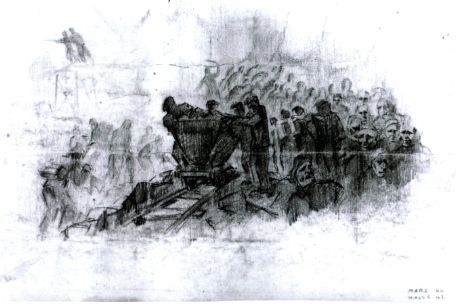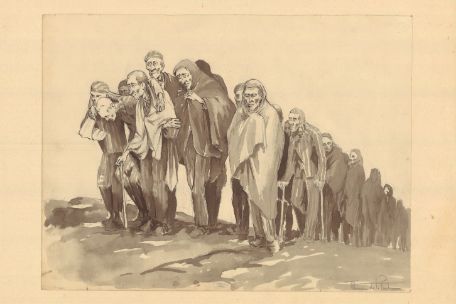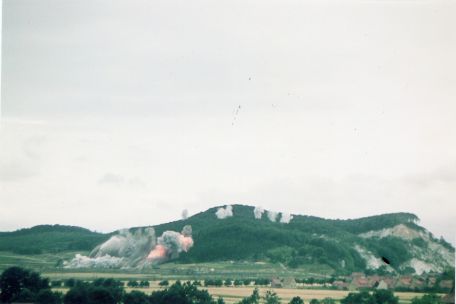In the early morning hours of 28 August 1943, the SS herded 107 inmates to the gates of the Buchenwald Concentration Camp. They had been selected for the "Transport Süd" (southern transport), which in reality headed north. They were taken by truck to the Kohnstein, a 335 meter-high hill in the Harz foothills near Nordhausen, where they were forced to perform heavy labor, converting an underground fuel depot into a bomb-proof armaments factory.
The arrival of these first 107 inmates marked the establishment of the "Dora Labor Camp". In the following 15 months, it was expanded into the sprawling concentration camp complex Mittelbau, with a total of 60,000 inmates.
The arrival of the first inmates 80 years ago is commemorated here. Continuously published articles explain the background of the transport and link it to the biographies of individual inmates.
Texts: Sebastian Hammer, Anett Dremel
Translation: Amanda C. Lee
Procurement of rights and exhibits: Sebastian Hammer, Anett Dremel, Torsten Hess
Design: Sebastian Hammer
